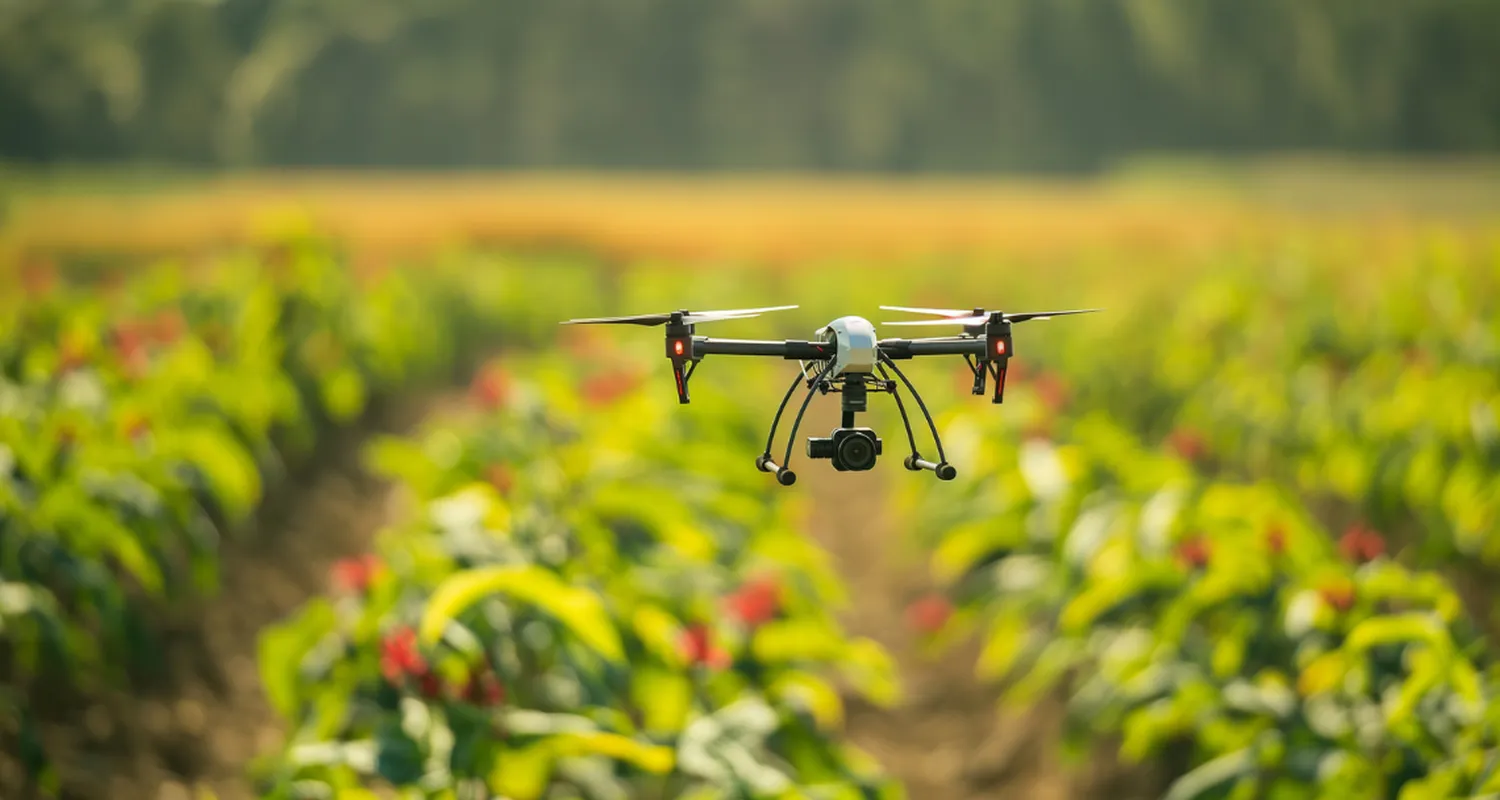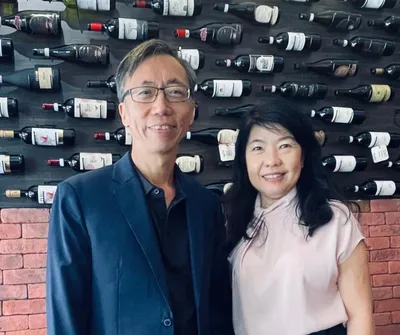Lee Eng Keat is a Go-to-Market Specialist in Asia’s agrifood innovation sector, with deep expertise in supporting companies across aquaculture, agritech, alternative proteins, insect farming and logistics. He led the development of agrifood innovation initiatives in Singapore, bringing together global agrifood MNCs, investors, research institutions and government agencies. Currently, he mentors several agrifood companies, advising on commercial strategy and building partnerships to support market expansion.
What helps or hinders scaling agritech and alternative protein startups in Southeast Asia?
Agritech and alternative protein are fundamentally different sectors, so it’s important to set the context before addressing what supports or hinders their growth. Agritech targets upstream, farm-focused solutions, while alternative protein is food-oriented, spanning plant-based, fermentation, cellular and insect proteins used in feed and food, depending on acceptance. Scaling agritech and alt-protein is complex due to three main factors: commercial challenges, market and geographic differences and technology. Each product type has unique channels, margins and value chains; while higher margins attract startups, incumbents may resist change.
Ultimately, across agritech and alternative protein, commercial strategy must be well thought out - done right, it enables growth; done poorly, it holds startups back.
The second factor is market and geography. Rice cultivation varies across Thailand, Vietnam, Indonesia and India, each with distinct climates, languages, regulations and farm sizes. Small-scale farming limits economies of scale, while sectors like palm oil include larger players more open to innovation. Understanding local conditions is essential.
Finally, technology ranks third in priority for startups. Too often, it seeks a problem instead of addressing a clear need. Commercial and market considerations should come first, with technology built to support them.
That said, any solution must be clearly differentiated, easy to adopt and scalable. Tight margins and complex change management, especially with farmers, make costly or difficult tech a major barrier to scale.
What are the main challenges in scaling and commercialising alternative protein products, particularly in areas like taste, consumer education and production methods?
When discussing alternative proteins, the focus remains on three fundamentals: texture, taste and price - considerations that all modalities (plant-based, fermentation, cellular meat) must address.
Plant-based proteins, with lower production costs, have gained public awareness. While taste and texture have improved, price remains an issue due to limited scale. Without animal farming, costs should be lower, but the industry has yet to reach critical mass. Like traditional meat sectors, alternative proteins need time to optimise.
Whether plant-based products can be an adequate meat substitute in taste and texture is still uncertain. Differences are less noticeable in heavily sauced dishes but remain in certain forms where texture is key.
Price depends on production, which in turn depends on a range of factors, including costly production equipment like extruders or even more expensive bioreactors with high technology and feedstock expenses. Aligning consumer expectations with these challenges is vital for alternative proteins to go mainstream.
How can the region speed up collaboration to boost climate resilience in farming?
Focusing on the Southeast Asia (SEA) region, I would like to highlight five key areas.
- First, with tight margins and farmers as key beneficiaries of climate resilience efforts, collaboration between technology providers and systemic actors is crucial. Although seed, grain and food distributors compete amongst themselves, ordering from multiple suppliers is challenging due to fragmented platforms and the absence of a central clearing system. Stakeholders can promote growth through anonymous information sharing. Development agencies, CGIAR and governments play key roles in facilitating and where necessary, regulating this collaboration, essential for advancing climate resilience and supporting farmers with practical, market-driven solutions.
- Second, government capabilities are vital. Many agricultural departments in Southeast Asia lack full knowledge of drought resilience and sustainable practices, limiting support. Capacity-building efforts, such as APEC meetings where ministers share and learn more about beneficial and practical innovations, can enhance climate-resilient farming.
- Third, while technology is a key enabler, adoption depends on usability. Customising solutions for many smallholders is difficult and extensive training slows uptake. Interfaces must be designed to help local agents and NGOs effectively support farmers in adopting and scaling technology.
- Fourth, willingness to change is crucial, especially in smallholder financing. Data like satellite harvest predictions mean little if lenders won’t adjust risk models or lend without reconsidering the traditional collateral approach. Progress requires banks to engage farmers, rethink lending and use new data and channels. Innovative platforms, including those from the ride-hailing sector, offer fresh approaches to risk and farmer support.
- Fifth, more successful pilot models are needed. Proven small-scale pilots can be shared across ASEAN to foster learning. For example, insect farming, like black soldier fly cultivation, shows strong potential to reduce methane-emitting side streams from the palm oil mill sector and serve as a circular economy construct to offer localised feed and organic fertilisers. SMEs in this affordable sector are gaining traction and as models become standardised, they will provide scalable solutions to boost climate resilience in agriculture.





